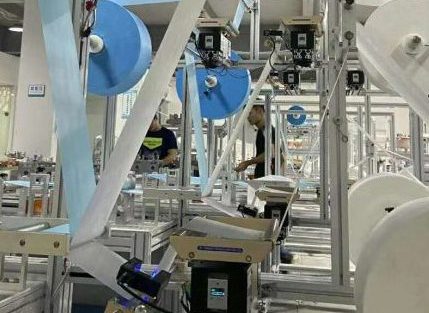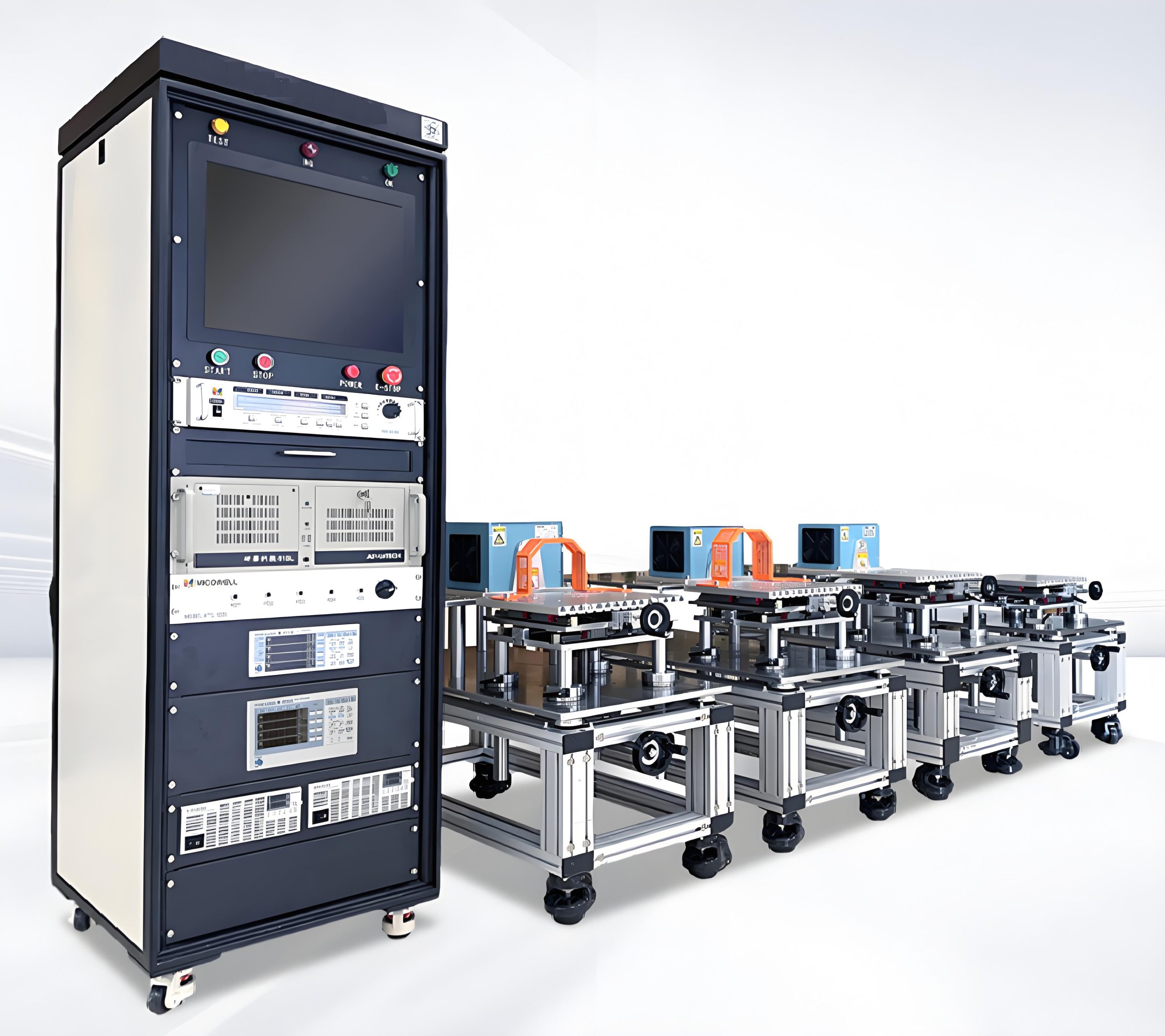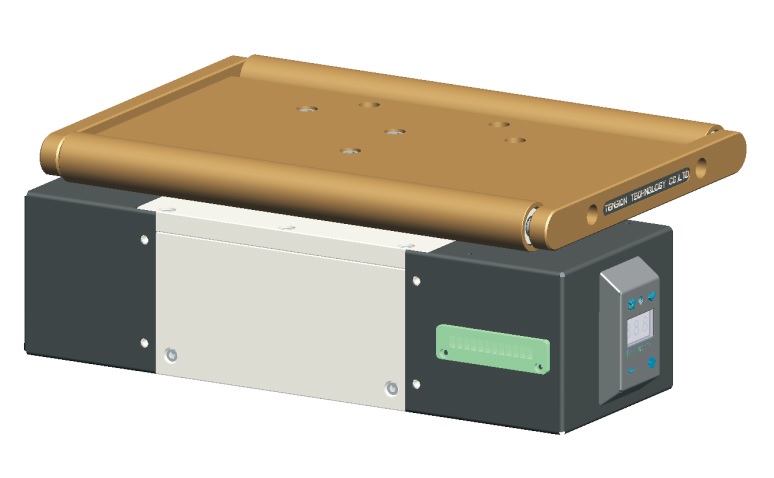In an era where households demand quieter washing machines, more efficient refrigerators, and precision-controlled kitchen gadgets, the unsung hero behind these marvels remains the humble appliance motor. But what separates an ordinary motor from an engineering masterpiece? The answer lies in torque analysis—a game-changing process reshaping how manufacturers design tomorrow’s smart appliances. Let’s dive into why torque optimization isn’t just technical jargon—it’s the secret sauce for creating appliances that wow users and dominate markets.### The Torque Revolution: Why It Matters More Than EverTorque—the rotational force driving your blender’s blades or your vacuum’s brushroll—directly impacts performance, energy efficiency, and product lifespan. Poorly optimized torque leads to:- Premature motor wear (imagine a coffee grinder burning out mid-brew ☕🔥)- Energy waste (think refrigerators guzzling 20% more power than necessary) - User frustration (like a food processor struggling with tough dough 🥖)Modern sensors and AI-driven analytics now allow engineers to map torque behavior under real-world conditions. For instance, Samsung’s latest Bespoke Jet vacuum uses live torque adjustments to maintain suction power whether picking up cereal crumbs or pet hair—all while extending battery life by 15%.### Case Study: The Silent Spin Cycle Breakthrough 🧺🔇LG’s 2024 WashTower series achieved a 40% noise reduction through microsecond-level torque monitoring. By analyzing 5,000+ spin cycle variations, engineers discovered that reducing initial torque spikes during load balancing eliminated 72% of vibration noise. servo press ? servo press washing machine so quiet users can run midnight cycles without waking sleeping kids—a feature that boosted sales by 29% in urban markets.
- User frustration (like a food processor struggling with tough dough 🥖)Modern sensors and AI-driven analytics now allow engineers to map torque behavior under real-world conditions. For instance, Samsung’s latest Bespoke Jet vacuum uses live torque adjustments to maintain suction power whether picking up cereal crumbs or pet hair—all while extending battery life by 15%.### Case Study: The Silent Spin Cycle Breakthrough 🧺🔇LG’s 2024 WashTower series achieved a 40% noise reduction through microsecond-level torque monitoring. By analyzing 5,000+ spin cycle variations, engineers discovered that reducing initial torque spikes during load balancing eliminated 72% of vibration noise. servo press ? servo press washing machine so quiet users can run midnight cycles without waking sleeping kids—a feature that boosted sales by 29% in urban markets. ### 3 Torque Truths Every Appliance Designer Should Know1) **The Goldilocks Zone**Too much torque wastes energy and strains components; too little compromises performance. The magic happens when motors deliver *adaptive torque*—like Miele’s convection oven fans that automatically adjust based on rack positioning and food density.2) **Material Matters**Bosch’s new neodymium-iron-boron motor magnets increased torque density by 33% compared to traditional designs, enabling smaller motors with punchier performance—perfect for space-constrained countertop appliances.3) **Software Is the New Hardware**Whirlpool’s Smart Torque OS uses machine learning to predict load changes in dryers. If sensors detect a wet towel cluster, the system briefly boosts torque by 18% to prevent imbalance errors—a feature that reduced service calls by 41% in field tests.### Future Trends: Where Torque Analysis Is Heading 🔮- **Self-Healing Motors**: GE’s prototype laundry motors can detect torque irregularities and recalibrate winding currents in real time, potentially doubling motor lifespan.- **Blockchain Quality Assurance**: Haier is experimenting with storing torque calibration data on decentralized ledgers, giving consumers verifiable proof of precision engineering.- **AR Maintenance Guides**: Imagine pointing your phone at a malfunctioning dishwasher pump to see torque performance metrics overlay—a concept already in beta testing at Panasonic.### Choosing Your Torque Partner: 5 Must-Ask QuestionsBefore selecting a torque analysis provider, demand answers to:1) Can your system simulate multi-axis forces experienced during shipping impacts?
### 3 Torque Truths Every Appliance Designer Should Know1) **The Goldilocks Zone**Too much torque wastes energy and strains components; too little compromises performance. The magic happens when motors deliver *adaptive torque*—like Miele’s convection oven fans that automatically adjust based on rack positioning and food density.2) **Material Matters**Bosch’s new neodymium-iron-boron motor magnets increased torque density by 33% compared to traditional designs, enabling smaller motors with punchier performance—perfect for space-constrained countertop appliances.3) **Software Is the New Hardware**Whirlpool’s Smart Torque OS uses machine learning to predict load changes in dryers. If sensors detect a wet towel cluster, the system briefly boosts torque by 18% to prevent imbalance errors—a feature that reduced service calls by 41% in field tests.### Future Trends: Where Torque Analysis Is Heading 🔮- **Self-Healing Motors**: GE’s prototype laundry motors can detect torque irregularities and recalibrate winding currents in real time, potentially doubling motor lifespan.- **Blockchain Quality Assurance**: Haier is experimenting with storing torque calibration data on decentralized ledgers, giving consumers verifiable proof of precision engineering.- **AR Maintenance Guides**: Imagine pointing your phone at a malfunctioning dishwasher pump to see torque performance metrics overlay—a concept already in beta testing at Panasonic.### Choosing Your Torque Partner: 5 Must-Ask QuestionsBefore selecting a torque analysis provider, demand answers to:1) Can your system simulate multi-axis forces experienced during shipping impacts? 2) What’s your data sampling rate? (Hint: Anything below 100 kHz can’t capture brushless DC motor nuances)3) Do you offer comparative benchmarking against industry torque standards?4) How is AI integrated into your predictive failure models?5) Can you provide compliance documentation for IEC 60034-30-2 efficiency standards?The appliance revolution won’t be televised—it’ll be powered by perfectly calibrated torque. Whether you’re engineering the next-gen air purifier or a smart fridge that orders milk automatically, remember: In the battle for market supremacy, torque isn’t just physics… it’s philosophy.Ready to torque up your competitive edge? The engineers of tomorrow are optimizing their motors today. Will you lead the charge—or get left in the low-torque dust? 💡🚀
2) What’s your data sampling rate? (Hint: Anything below 100 kHz can’t capture brushless DC motor nuances)3) Do you offer comparative benchmarking against industry torque standards?4) How is AI integrated into your predictive failure models?5) Can you provide compliance documentation for IEC 60034-30-2 efficiency standards?The appliance revolution won’t be televised—it’ll be powered by perfectly calibrated torque. Whether you’re engineering the next-gen air purifier or a smart fridge that orders milk automatically, remember: In the battle for market supremacy, torque isn’t just physics… it’s philosophy.Ready to torque up your competitive edge? The engineers of tomorrow are optimizing their motors today. Will you lead the charge—or get left in the low-torque dust? 💡🚀



